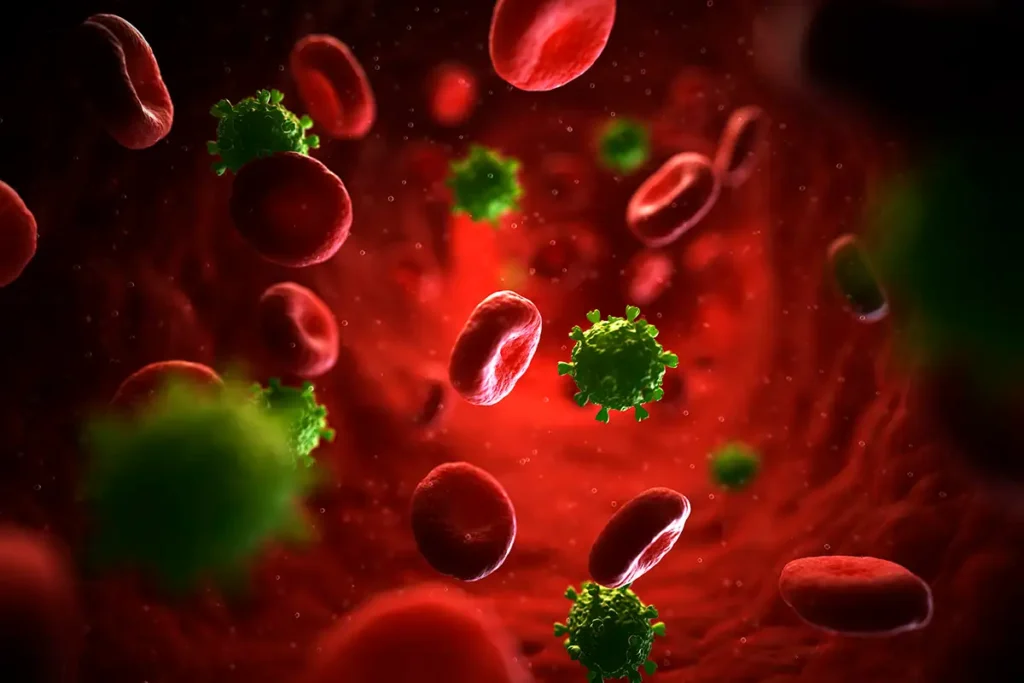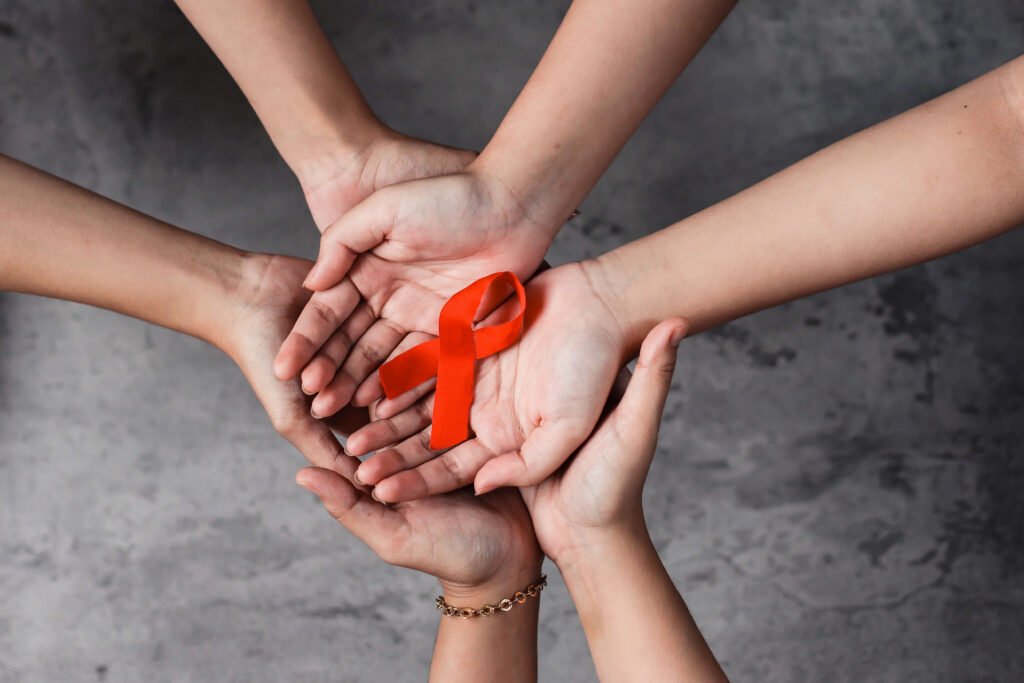Introduction
Recent data show a decline in new HIV infections in the United States. This drop is largely due to better awareness and higher uptake of pre-exposure prophylaxis (PrEP) among young gay and bisexual men.
Despite this progress, substantial disparities persist in access to this life-saving medication. Black and Hispanic populations, who are disproportionately affected by HIV, continue to receive significantly fewer prescriptions compared with White individuals. Addressing these inequities is essential for achieving equitable health outcomes and advancing national goals for HIV prevention. PrEP access HIV prevention remains a critical public health focus. Systemic barriers, cost, and stigma contribute to uneven uptake of this effective prevention strategy.
Declining HIV Infections and Persistent Disparities
Between 2017 and 2021, new HIV infections in the United States decreased by approximately 12 percent. A 34 percent decline among young gay and bisexual men aged 13 to 24 largely drove this reduction.
. Increased testing, early diagnosis, viral suppression, and PrEP adoption played key roles in this decline. Clinical studies have demonstrated that when taken consistently, PrEP can reduce the risk of sexual transmission of HIV by more than ninety-nine percent. However, disparities in access remain pronounced. Black individuals account for a disproportionately high share of HIV diagnoses, and Hispanic populations face similar challenges. Despite these elevated risks, uptake of PrEP among these groups is markedly lower than among White individuals, reflecting systemic inequities in healthcare access, provider awareness, and socioeconomic factors.
Healthcare providers serve as the primary gatekeepers of PrEP access. Many clinicians lack complete knowledge of PrEP, hold misconceptions about its efficacy, or hesitate to prescribe it due to concerns about patient adherence. Implicit bias also reduces the likelihood that providers offer PrEP equitably, based on assumptions about race, ethnicity, or sexual behavior. Addressing these barriers requires a multifaceted approach, including ongoing education, bias mitigation, and proactive strategies to encourage providers to prescribe PrEP to all eligible patients.
https://www.verywellhealth.com/latinx-and-hiv-risk-gap-effects-know-your-status-5208016

Culturally Tailored Outreach and Community Engagement
Efforts to increase PrEP uptake must address both provider- and patient-level challenges. For Black and Hispanic men who have sex with men, awareness of PrEP remains lower than among their White counterparts. Public health campaigns must be culturally tailored to effectively engage these communities. Social media platforms, popular dating apps, and community events actively share accurate information, address misconceptions, and normalize PrEP use.
These campaigns can reduce stigma, improve awareness, and encourage adherence to preventive care by integrating community voices and featuring relatable testimonials. Empowering individuals to discuss PrEP with healthcare providers is equally important. Patients should be informed and confident in advocating for their own sexual health. For those lacking access to LGBTQ+-friendly providers, telehealth services and online PrEP programs offer alternative pathways for obtaining prescriptions, ensuring that geographic and logistical barriers do not prevent access to HIV prevention. Cost considerations also influence uptake, as brand-name PrEP medications can be prohibitively expensive. Assistance programs provided by government and nonprofit organizations help offset these costs, expanding access to populations who might otherwise be unable to afford these medications.
Combating PREP Stigma
Social and Cultural Challenges
Stigma remains a major barrier to PrEP use, particularly among Black and Hispanic populations. Misconceptions about promiscuity, judgment in relationships, and negative interactions with healthcare providers reduce adherence.
Addressing Stigma and Social Barriers
Stigma surrounding PrEP remains a significant barrier to adoption, particularly in Black and Hispanic communities. Negative social perceptions often label PrEP users as promiscuous, while healthcare providers may unintentionally reinforce these stereotypes through judgmental interactions. Homophobia and racism compound these challenges, particularly in more conservative regions. Addressing stigma requires coordinated public health efforts that normalize PrEP use, celebrate diverse users, and highlight the effectiveness of this prevention strategy. Campaigns featuring real-life stories, social media promotion, and endorsements from trusted community figures can shift public perception and create a more supportive environment for at-risk populations.
Policy Interventions to Expand Access
Policy changes play a critical role in reducing disparities in PrEP access. Allowing individuals to obtain PrEP directly from pharmacists, as demonstrated in California, can remove barriers associated with clinic visits and physician prescriptions. Mandates for insurance coverage without cost-sharing further facilitate equitable access. Investments in community health centers, training programs, and public health infrastructure ensure that underserved populations are not left behind. By combining policy interventions with community engagement, healthcare systems can create sustainable pathways for equitable HIV prevention.

Conclusion
PrEP remains one of the most effective tools for preventing HIV transmission. While overall rates of new infections are declining, inequities in access continue to disproportionately affect Black and Hispanic populations. Addressing these disparities requires coordinated strategies that tackle provider biases, reduce cost barriers, increase awareness, and combat stigma. Ensuring equitable PREP access HIV prevention access is a vital component of public health efforts to eliminate HIV transmission and achieve national goals of ending the HIV epidemic by 2030. Empowering individuals, reforming policies, and engaging communities are all essential for a future in which HIV prevention is accessible to everyone at risk.




